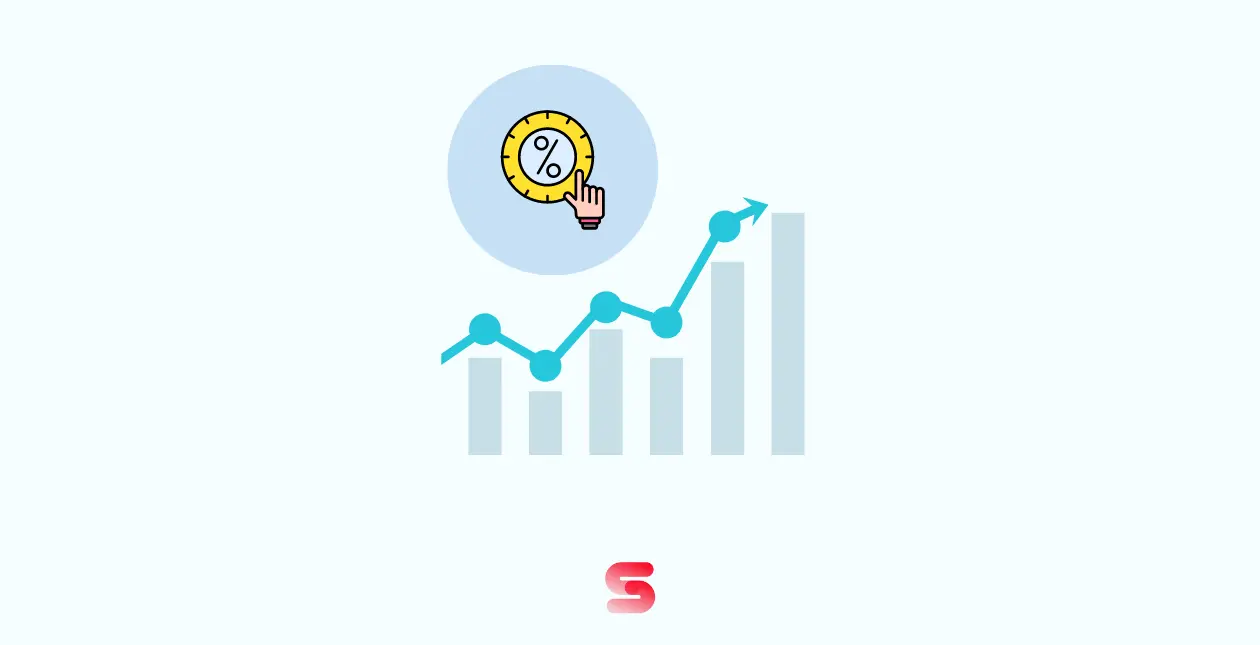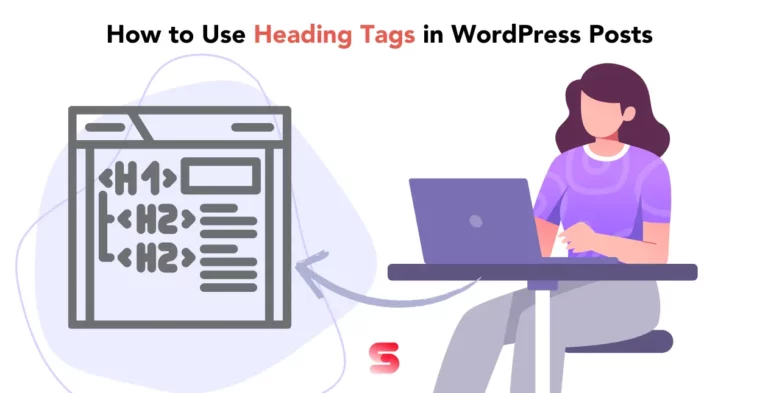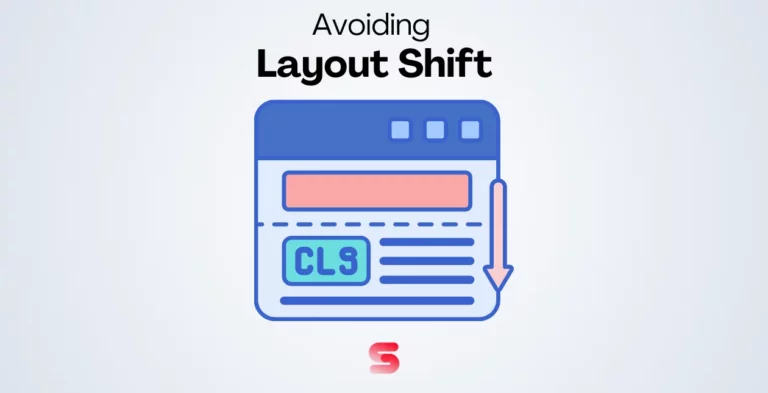In the fast-paced digital landscape of 2025, businesses need to constantly evolve their strategies to stay ahead of the competition🙌. The percentage of visitors that complete the desired action on your website, or conversion rate, is one of the major indicators that characterize online success. To help you boost your conversion rate and drive greater success, here we present the Best Practices to Increase your Conversion Rate in 2025.
From understanding conversion rate optimization and how to calculate it, to where to start with CRO and implementing effective strategies, we’ve got you covered. We’ll explore tactics such as simplifying the user experience, showcasing testimonials, using intelligent search, and optimizing website loading times. We’ll even share the top CRO tools that can take your efforts to the next level🙌.
Get ready to skyrocket your conversion rate and watch your business thrive in the year ahead👁️!
What is conversion rate optimization?
Conversion rate optimization is the practice of increasing the number of website visitors who complete desired actions, like making a purchase or filling out a form. It involves analyzing data, conducting experiments, and making changes to improve the user experience, reduce friction, and increase persuasion. Techniques like A/B testing and user feedback analysis are used to optimize conversions.
How to calculate the conversion rate?
Calculating your conversion rate is an essential step in understanding your website’s or marketing campaign’s success.
Begin by clearly defining your conversion goal, whether it’s making a purchase, filling out a form, or subscribing to an email newsletter.
Next, analyze the number of conversions achieved and the total number of visitors or leads generated. Crunch the numbers by dividing the conversions by the total visitors or leads to arrive at your conversion rate. This metric serves as a valuable benchmark for the effectiveness of your strategies and campaigns. Ensure to track your conversion rate over time to spot any trends or opportunities for improvement.
Remember, optimizing your conversion rate involves implementing various tactics, such as enhancing website design, optimizing landing pages, and honing your call-to-action messages.
By continuously monitoring and refining your approach, you can increase your chances of converting your target audience into loyal customers.
Where to start with CRO?
To kickstart your conversion rate optimization (CRO) journey, it’s crucial, to begin with in-depth research and analysis of your target audience and their behavior. This information will enable you to modify your optimization tactics so that they successfully connect with your target audience.
Moreover, optimizing your website’s user experience by enhancing navigation, reducing load times, and ensuring mobile responsiveness will create a seamless browsing experience for your website visitors.
Additionally, incorporating clear and compelling calls-to-action (CTAs) will guide visitors toward their desired actions, ultimately boosting your conversion rates.
An effective CRO strategy also involves utilizing persuasive and customer-centric copywriting that effectively communicates the value of your products or services, instilling confidence in potential customers.
Furthermore, it’s essential to continuously test different elements of your website, such as layouts, colors, and button placements, to identify the most effective combinations that encourage conversions.
Leveraging social proof through testimonials and reviews creates trust and credibility with potential customers, catalyzing improved conversion rates.
Best Practices to Increase Conversion Rate in 2025
To optimize your conversion rate and boost your business growth in 2025, it’s essential to implement proven strategies. Here are the best conversion rate optimization strategies that can help you increase your conversions👇
Simplify the user experience
Enhancing the user experience on your website is vital for increasing conversion rates. By simplifying navigation, providing clear calls to action, and streamlining the checkout process, you can guide visitors toward taking the desired actions.
Optimizing for mobile devices is also crucial in ensuring a seamless user experience. Using concise and straightforward language in your copywriting eliminates confusion and builds trust with your audience. Incorporate social proof, such as customer reviews and testimonials, to further enhance credibility and encourage conversions
Display promo codes, real-time purchases, and other information
Displaying coupon codes or discounts prominently on your website can incentivize potential customers to take the desired action. Real-time purchase notifications and social proof can create a sense of urgency and trust, leading to higher conversion rates. Improving website loading speed is crucial to reduce bounce rates and provide a seamless user experience.
Clear and compelling call-to-action buttons stand out and guide visitors toward the desired action. A/B testing different design elements, messaging, and offers helps optimize conversion rates. Personalizing the user experience by offering tailored product recommendations based on individual preferences and purchase history enhances the customer journey.
Add testimonials to build trust
Including testimonials on your website is a proven method to enhance trust and credibility among potential customers. Testimonials not only provide social proof but also demonstrate that customers have had positive experiences with your brand.
By incorporating real customer names and photos, the testimonials become more authentic and relatable. Emphasize the specific advantages or outcomes that customers have achieved through utilizing your product or service, thereby highlighting the value you offer.
Incorporating video testimonials can be particularly effective, allowing potential customers to hear directly from satisfied individuals.
Ensure that you regularly update and refresh your testimonials to maintain their relevance.
Use intelligent search
Intelligent search technology is a vital component of increasing your website’s conversion rate. By incorporating features like auto-suggestions, faceted search, and personalized recommendations, you can significantly enhance the user experience and facilitate quick and easy discovery of desired information.
Moreover, intelligent search provides invaluable insights into user preferences and behaviors, empowering you to make data-driven decisions regarding content, product offerings, and overall user experience enhancements.
It’s crucial to ensure that your search functionality is not only optimized for mobile devices and voice search but also seamlessly integrated across different platforms.
Organize your categories effectively
To organize your website categories effectively, it is crucial to consider the needs of your target audience. By using intuitive and descriptive category names, you can guide users smoothly through their journey on your website. A well-structured categorization system not only improves user experience but also boosts your conversion rate.
Implementing features like dropdown menus and filters enables visitors to quickly find what they’re looking for, reducing their effort and increasing their engagement. Remember to optimize your category pages for search engines by incorporating relevant keywords and meta-tags.
Use high-quality product images
Incorporating professional photography or high-resolution images that accurately represent your products can greatly influence customers’ purchasing decisions. By showcasing your products in the best possible light, including color, size, and features, you create a visually appealing experience that instills confidence in potential customers.
Multiple images from various angles give customers a comprehensive view and allow them to make informed choices. Optimizing your product images for fast loading speeds prevents frustrations and ensures a smooth browsing experience. Consistency in photo styles and formats across your website contributes to a professional and cohesive brand image.
Provide clear information regarding the cost, timing, and availability of products
When it comes to boosting your conversion rate in 2025, one of the best practices is to prioritize transparency and openness. By being upfront about price, delivery time, and out-of-stock products, you build trust with your potential customers. Make sure to display pricing information, avoiding any hidden fees or unexpected charges that might deter customers.
Providing accurate estimates for delivery times and communicating any potential delays helps manage customer expectations and avoids disappointment. If a product is currently out of stock, be sure to indicate this on the product page and offer alternatives or the option to be notified when it becomes available again.
Additionally, a clear and intuitive navigation system on your website will help customers easily find the products they’re looking for. Simplifying the checkout process, by minimizing form fields and offering guest checkout options, further reduces friction and increases the likelihood of completing a purchase.
Showcase your product reviews
Displaying product reviews and testimonials is a powerful way to establish trust and credibility with your potential customers. Take advantage of review platforms or plugins that enable customers to share their experiences directly on your website. By highlighting positive reviews, you can showcase the value and satisfaction your products offer.
It is crucial to promptly address any negative feedback and resolve customer issues to maintain a positive reputation. Encouraging satisfied customers to leave reviews can be incentivized through discounts or special offers. Incorporating social proof methods such as displaying the number of satisfied customers or endorsements from industry experts and influencers can further enhance trust.
Use heat maps
Heat maps are an incredibly valuable tool for gaining insights into user behavior on your website. They visually represent where users are clicking, scrolling, and spending the most time, giving you a comprehensive understanding of how they interact with your site. With this data in hand, you can identify which areas of your website are engaging and converting well, and which areas may require improvement.
With the insights provided by heat maps, you can optimize your website’s layout, design, and placement of call-to-action (CTA) elements to enhance your conversion rates. By strategically placing your most important content and CTAs based on the areas that are shown to capture the most attention, you can guide your website, and visitors, toward taking the desired actions and optimizing your conversion funnel.
Pre-fill your customer’s information
By securely storing customer information, you can offer a personalized experience that saves customers time and effort during the checkout process. Implementing autofill features and optimizing pre-fill forms can expedite form completion, increasing the likelihood of conversion.
It is important to prioritize data security and be transparent about the measures in place to protect customer information. Regularly testing and optimizing pre-fill forms ensures a user-friendly and accurate experience.
Send abandoned cart emails
Abandoned cart emails are a powerful tool for recovering potential customers who have left items in their shopping carts without completing the purchase. By sending personalized messages, product recommendations, and incentives like discounts or free shipping, you can encourage customers to return and complete their purchases.
Timing is crucial, as these emails should be sent shortly after cart abandonment but not too soon to prevent appearing intrusive. Designing visually appealing emails can grab the customer’s attention and entice them to click back to their cart.
Create a comprehensive Contact page
Creating a comprehensive Contact page is crucial for building trust and providing a convenient way for potential customers to reach out to you. By including multiple contact methods such as phone numbers, email addresses, and a user-friendly contact form, you can ensure that visitors can easily get in touch with you. Make sure to display your contact information prominently on your website, so it is readily accessible to visitors.
Additionally, consider adding a live chat feature to provide instant support and further enhance the customer experience. Personalizing your Contact page by sharing information about your dedicated customer support team and their availability can also help build trust with your target audience.
Make sure your site is mobile responsive
With the rise in mobile device usage, ensuring your site adapts seamlessly to different screens is key. A mobile-responsive website guarantees your content and design look great on smaller devices, enhancing readability and navigation. It also plays a significant role in optimizing search engine rankings, benefiting your SEO efforts.
Incorporate responsive web design techniques, automatically adjusting the content for different screen sizes. Thoroughly test your website on various devices to guarantee flawless performance. Enhance loading times for mobile users by optimizing images, streamlining code, and utilizing effective caching strategies.
Optimize your website’s loading times
To ensure optimal website performance and increase conversion rates, it is crucial to focus on optimizing your website’s loading times. Slow loading times can lead to higher bounce rates and decreased user satisfaction. To address this issue effectively, you can implement several key strategies.
- First, optimizing your website’s images and videos by reducing their file sizes is crucial. Compression techniques can be applied to maintain quality while reducing loading times. Additionally, implementing lazy loading ensures that media is only loaded when it becomes visible on the user’s screen, further improving loading speeds.
- Another effective optimization technique is to utilize caching, which stores static files and data, reducing the need for repeated server requests. Minifying CSS and JavaScript files is also important as it removes unnecessary characters, reducing file sizes and boosting loading speeds.
- Lastly, consider utilizing a content delivery network (CDN) to deliver your website’s assets from servers located closer to your users. This reduces latency and enhances loading times, particularly for visitors accessing your site from distant locations.
Best Tools to Increase Conversion Rate in 2025
Conversion rate optimization (CRO) plays a crucial role in improving website performance and boosting conversions. To achieve optimal results, it’s important to leverage the best CRO tools available. These tools can provide valuable insights and assist in effectively optimizing your website for maximum conversions.
A/B testing tools
Implement tools such as Optimizely or Google Optimize to conduct experiments and test different variations of your website. This helps you determine which version performs best, making data-driven decisions to increase conversion rates.
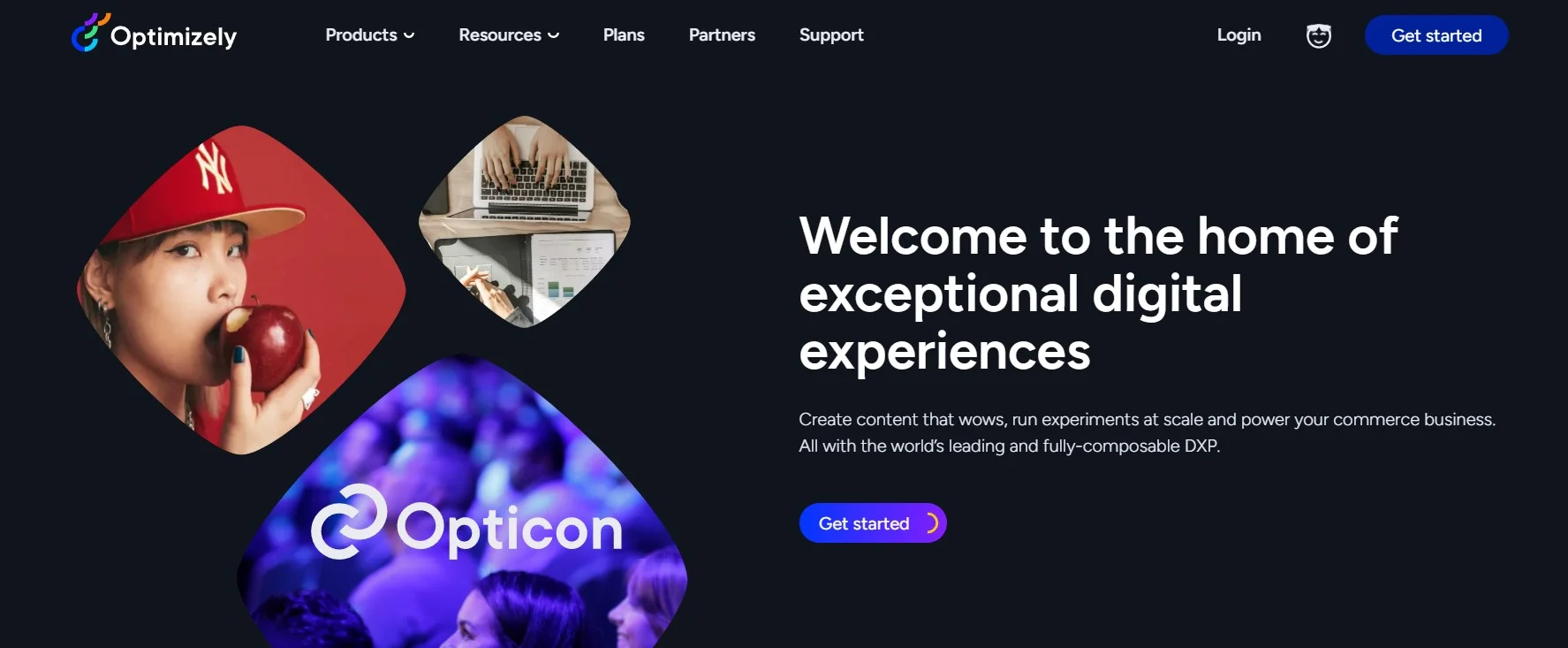
Heatmap and session recording tools
Gain deeper insights into user behavior on your website with tools like Hotjar or Crazy Egg. These tools provide visual representations of user interactions, allowing you to identify areas for improvement and optimize the user experience.
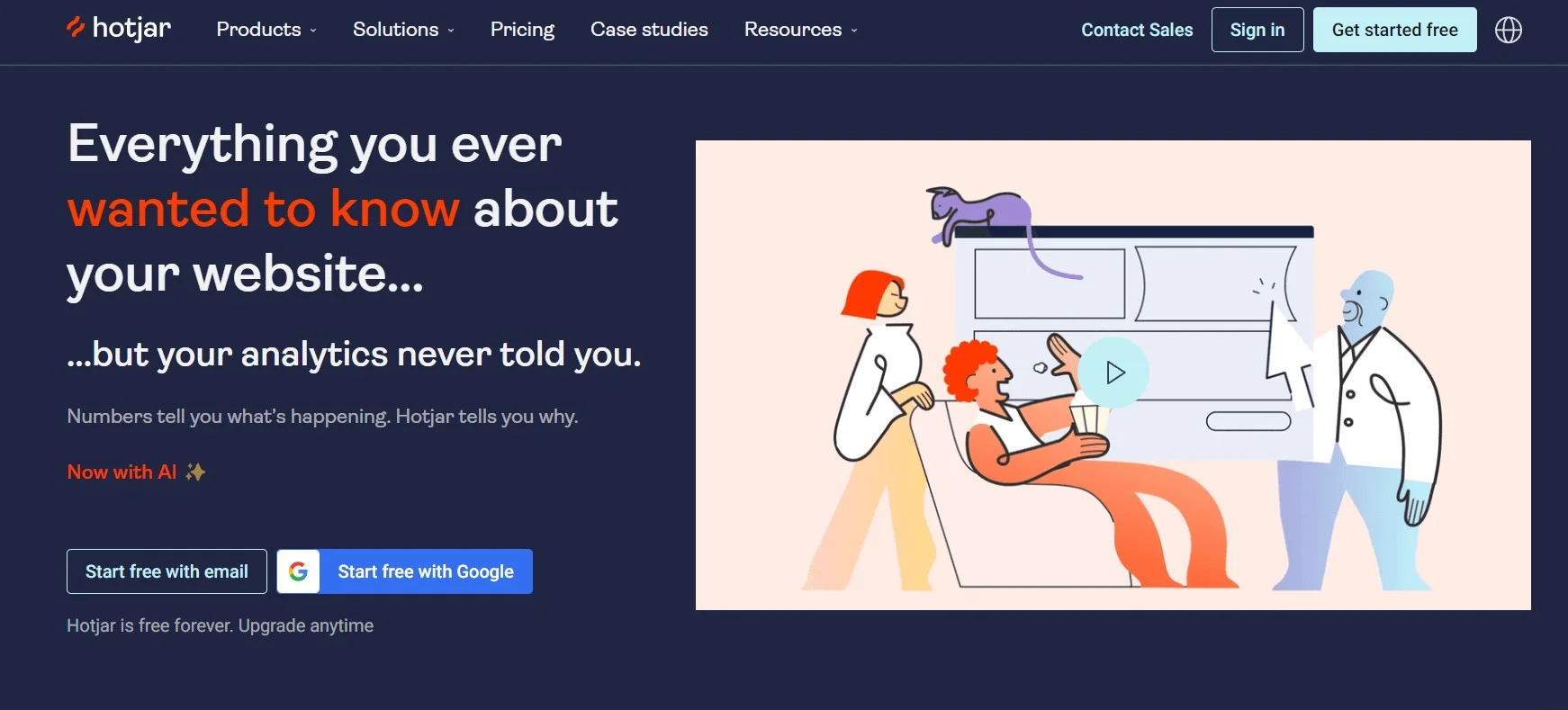
Conversion funnel analysis tools
Analyze and understand user behavior throughout the conversion process using tools like Kissmetrics or Mixpanel. By analyzing the conversion funnel, you can identify drop-off points and make necessary changes to improve overall conversion rates.
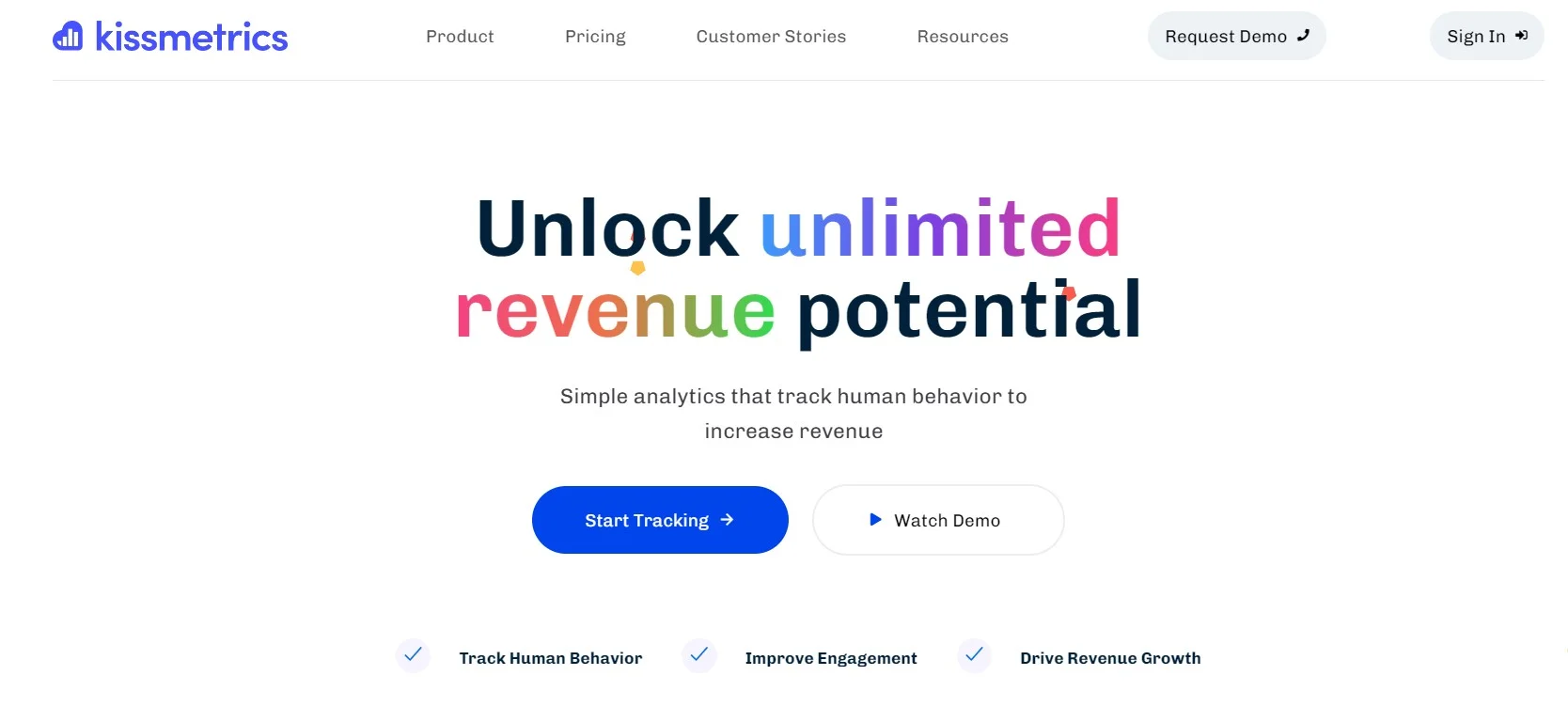
Personalization tools
Tailor your website experience to individual user preferences using personalization tools such as Evergage or Monetate. By creating personalized experiences based on user behavior and demographic data, you can enhance engagement and increase conversions.
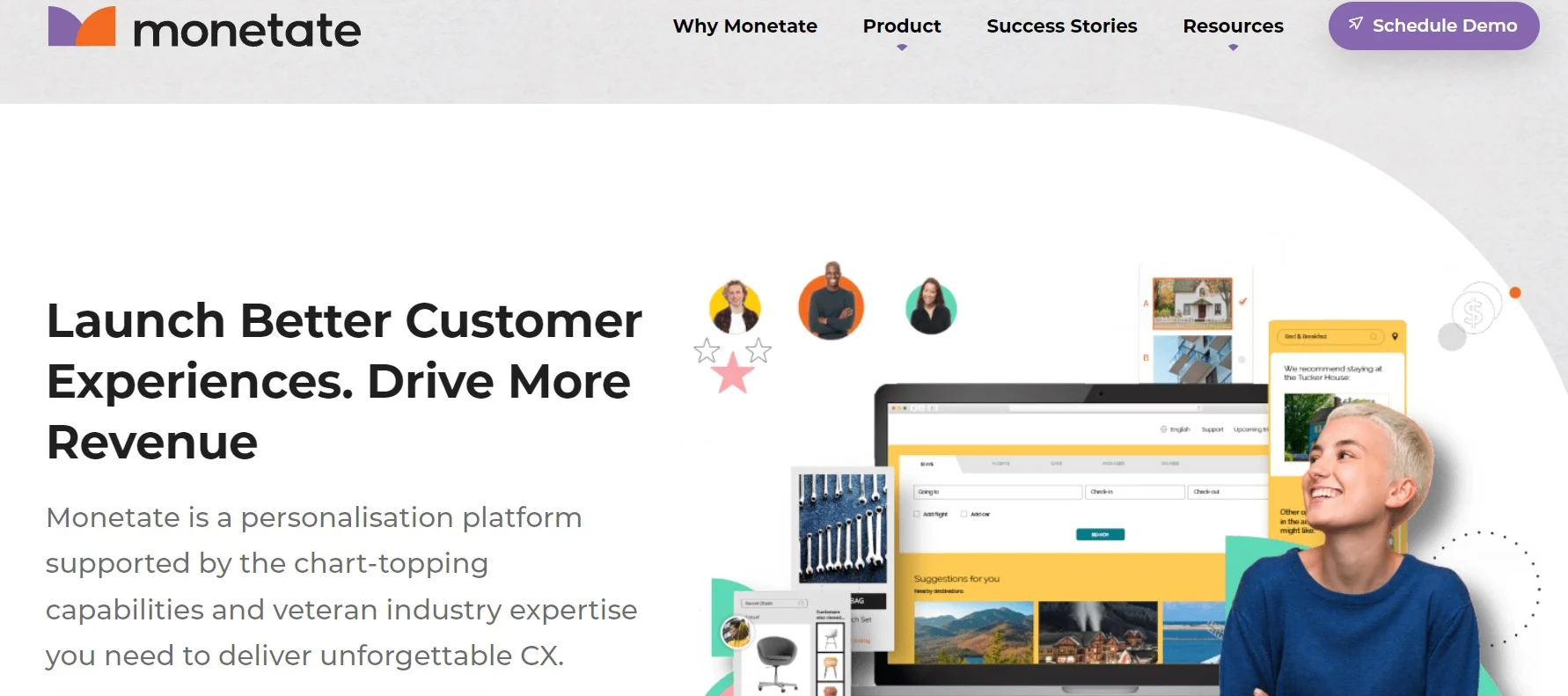
Customer feedback tools
Gather valuable feedback from your customers and gain insights into their pain points, preferences, and suggestions for improvement. Use tools like SurveyMonkey or Qualaroo to collect feedback and make data-driven decisions to optimize the user experience.
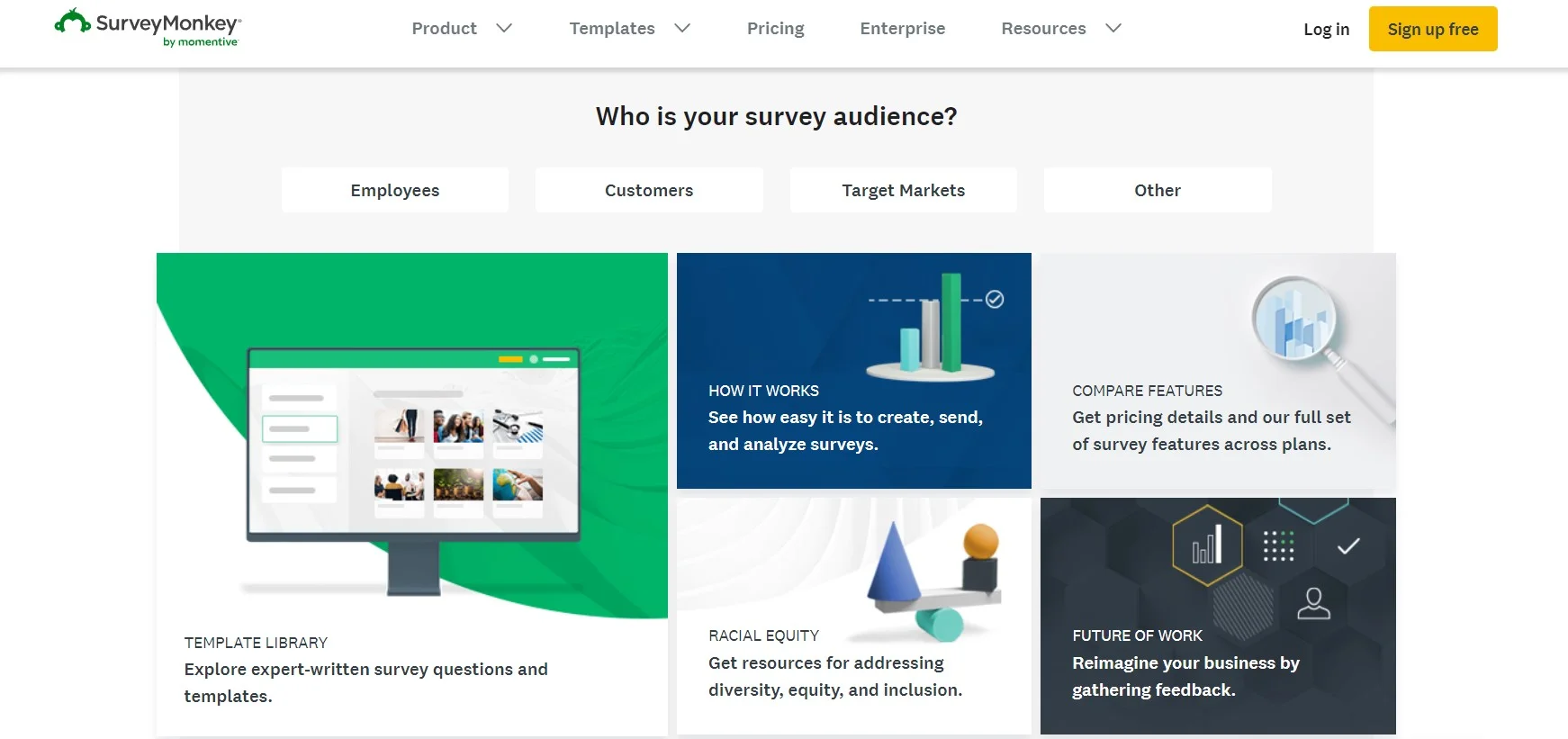
Exit-intent pop-up tools
Increase conversions by utilizing exit-intent pop-up tools such as OptinMonster or Sumo. These tools display targeted offers or messages when a user is about to leave your website, providing a last chance to capture their attention and encourage conversion.
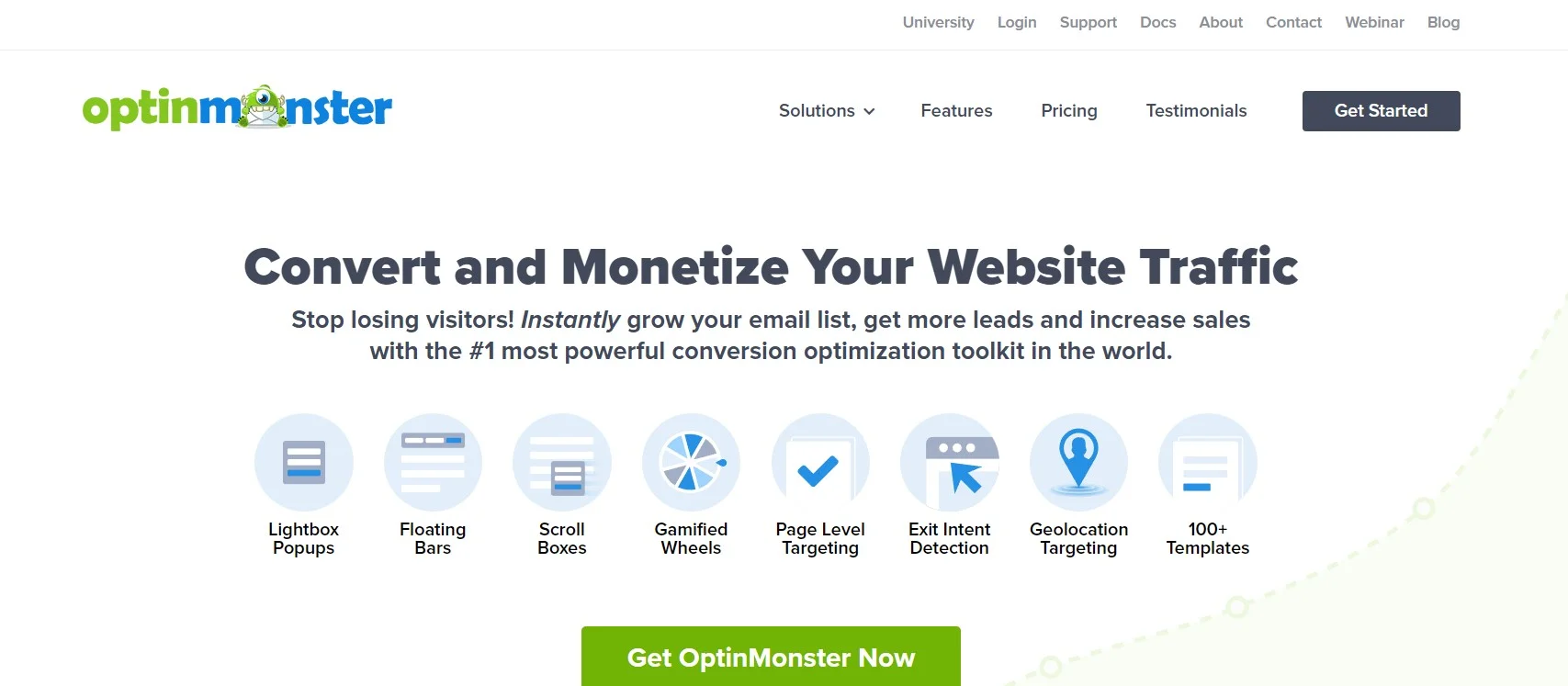
FAQs
Why is it crucial to boost conversion rates👀?
Increasing the conversion rate is important because it directly impacts the effectiveness and success of your website or online business. A higher conversion rate means that a larger percentage of your website visitors are taking the desired actions, which can lead to more sales, more leads, or other positive outcomes. By optimizing your conversion rate, you can maximize the value you get from your website traffic and improve your return on investment (ROI).
What are some best practices to increase the conversion rate👁️?
Clear and compelling call-to-action (CTA, Simplify the conversion process, Enhance website speed and performance, Implement trust signals, Use persuasive and concise copy, Leverage social proof, Optimize for mobile devices, Conduct A/B testing, Provide clear value propositions, and regularly monitor your website’s analytics and conversion metrics to identify areas for improvement.
How can I track and measure conversion rates🤷♀️?
You can track and measure conversion rates by setting up conversion tracking on your website or using analytics tools. Here are a few common methods:
Google Analytics👉 Implement Google Analytics on your website to track various conversion goals and monitor their performance. It provides valuable insights into user behavior, traffic sources, and conversion funnels.
Conversion tracking pixels👉 Platforms like Facebook, Google Ads, or other advertising networks often provide conversion tracking pixels that you can place on your website. These pixels track conversions from specific ad campaigns and provide data on their performance.
Custom tracking codes👉 If you have a custom-built website or want to track specific events or actions, you can use custom tracking codes or scripts to monitor conversions. These codes are usually implemented on specific pages or triggered by user actions.
How much time does it take for conversion rates to improve⌛?
The time it takes to see improvements in conversion rates can vary depending on multiple factors, including the current state of your website, the scale of changes made, and the amount of traffic you receive. Some changes, such as modifying CTAs or improving page load speed, can show immediate impact, while others may require more time to yield noticeable results.
Why is it important to keep improving your customer’s experience and experience throughout their entire purchasing process👀?
Improving the customer experience throughout the entire purchasing process is crucial for several reasons.
Firstly👉, a positive customer experience fosters customer loyalty and encourages repeat purchases. When customers have a seamless and satisfying buying journey, they are more likely to choose your business over competitors in the future. Secondly👉, an exceptional customer experience helps build trust and credibility. When customers feel valued and supported throughout their purchase, they develop a sense of trust in your brand. This trust is essential for building long-term relationships with customers and attracting new ones through positive word-of-mouth referrals.
What are the conversion rate optimization trends for 2025👀?
Conversion rate optimization trends for 2025 are expected to focus on delivering a more personalized and immersive customer experience. Here are some key trends to watch out for👉AI-powered personalization, Voice search optimization, Augmented reality (AR) integration, Social commerce, and Enhanced security measures.
Over to you
In the dynamic digital landscape of 2025, optimizing conversion rates requires a strategic approach😎. By focusing on the mobile experience, personalization, streamlining the checkout process, leveraging social proof, implementing live chat, optimizing page load speed, conducting A/B testing, simplifying forms, offering incentives, and utilizing retargeting. There are numerous strategies you can employ to boost your conversion rate in 2025👍.
In conclusion, optimizing your conversion rate is essential for the success of your businessStart driving more conversions and growing your business today! By implementing these best practices, you can create a seamless user experience and build trust with your customers🙌.
Embrace these best practices and adapt them to your specific industry and target audience to drive growth and success in 2025 and beyond😎.

